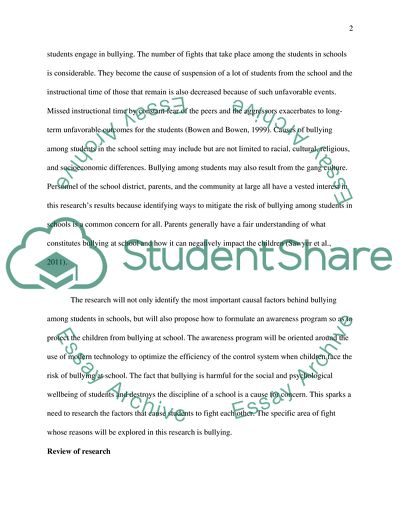Cite this document
(Technology-Based Awareness and Control Program to Target Factors Research Proposal Example | Topics and Well Written Essays - 2500 words, n.d.)
Technology-Based Awareness and Control Program to Target Factors Research Proposal Example | Topics and Well Written Essays - 2500 words. https://studentshare.org/psychology/1868311-a-comparative-study-on-the-effectiveness-of-an-orientation-program-protect-of-children-from-bullying-and-reduce-of-mental-disorders
Technology-Based Awareness and Control Program to Target Factors Research Proposal Example | Topics and Well Written Essays - 2500 words. https://studentshare.org/psychology/1868311-a-comparative-study-on-the-effectiveness-of-an-orientation-program-protect-of-children-from-bullying-and-reduce-of-mental-disorders
(Technology-Based Awareness and Control Program to Target Factors Research Proposal Example | Topics and Well Written Essays - 2500 Words)
Technology-Based Awareness and Control Program to Target Factors Research Proposal Example | Topics and Well Written Essays - 2500 Words. https://studentshare.org/psychology/1868311-a-comparative-study-on-the-effectiveness-of-an-orientation-program-protect-of-children-from-bullying-and-reduce-of-mental-disorders.
Technology-Based Awareness and Control Program to Target Factors Research Proposal Example | Topics and Well Written Essays - 2500 Words. https://studentshare.org/psychology/1868311-a-comparative-study-on-the-effectiveness-of-an-orientation-program-protect-of-children-from-bullying-and-reduce-of-mental-disorders.
“Technology-Based Awareness and Control Program to Target Factors Research Proposal Example | Topics and Well Written Essays - 2500 Words”. https://studentshare.org/psychology/1868311-a-comparative-study-on-the-effectiveness-of-an-orientation-program-protect-of-children-from-bullying-and-reduce-of-mental-disorders.


